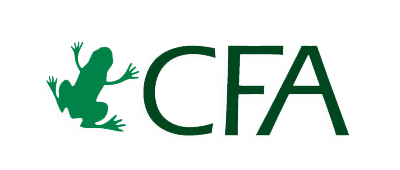Welcome to the Conservation Finance Guide. The overall goal is to provide practical tools to support the rapid expansion of sustainable finance mechanisms that generate long-term funding for biodiversity conservation.

Welcome to the Conservation Finance Guide. The overall goal is to provide practical tools to support the rapid expansion of sustainable finance mechanisms that generate long-term funding for biodiversity conservation.

As indicated above, a number of factors will affect the effectiveness and feasibility of the various fiscal instruments. Some are presented here.
Creating new fiscal instruments or reforming existing ones is information intensive. Indeed, information on the costs and benefits of alternative tax systems and, further, the identification of potential impacts on biodiversity of various reforms, are needed. Hence, a solid information base will ensure a better use of fiscal instruments.
The effective use of fiscal instruments relies on a minimum administrative apparatus, to set, administer, collect and allocate revenues. Tax legislation has to assign clear responsibilities and confer tax collecting powers accordingly. Proper enforcement will require the existence of a legal structure. Implementation, monitoring and enforcement all require appropriate staff and funding.
With respect to fiscal instruments, political feasibility is an absolutely critical feature. It is no good designing an ideal instrument for biodiversity conservation which has not had the chance of securing the needed political support.
Reforming existing fiscal instruments or designing new ones is as much an art as a science. There is often no obviously right or wrong way to proceed. Hence, learning lessons and gaining insights from other experiences in the arena of fiscal instruments are both of particular importance. Protected area managers are more likely to be successful in the efforts if they build on the successes and the failures of others.
Overview
1. Understanding Fiscal Instruments for Conservation
1.1 Overview
1.2 Key Actors and Motivations
1.3 Types of Fiscal Instruments
1.5 Success Factors
2. A Selection of Case Studies
2.1 Instruments for Raising Revenue
2.2 Instruments for Changing Behavior
3. Resources